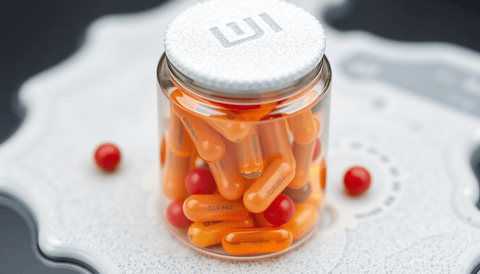Discover the benefits of enteric coating and how this technology functions as a protective layer for certain dosage forms. An enteric coating is a thin film applied to tablets or capsules that resists dissolution in acidic environments and remains intact until it reaches a higher pH region further along the digestive tract. This release behavior is a core feature of formulation science and is considered during product design. With the benefits of enteric coating in mind, formulators use this technology to shield active components from early exposure and to enable controlled release properties tied to pH conditions. The coating can help separate the location of initial exposure from subsequent stages, contributing to a defined dissolution profile that technicians can model and verify during development. Common materials used for enteric coatings include pH-sensitive polymers such as cellulose derivatives (for example, HPMCP and HPMCAS), methacrylate-based copolymers, shellac, and polyvinyl acetate phthalate. The choice of polymer, the thickness of the film, and the application method all influence when and where dissolution begins, as well as the integrity of the coating during storage and handling. From a manufacturing and testing perspective, properties like coating uniformity, adhesion, and film integrity are important. Dissolution testing and stability assessments are used to confirm the coating behaves as intended under simulated conditions, with attention to how environmental factors could affect performance. This section highlights how the coating design fits into broader formulation objectives and quality control processes.

